Discovering Teck
One writer sets out to learn and share about coal mining in the Elk Valley’s Line Creek operations
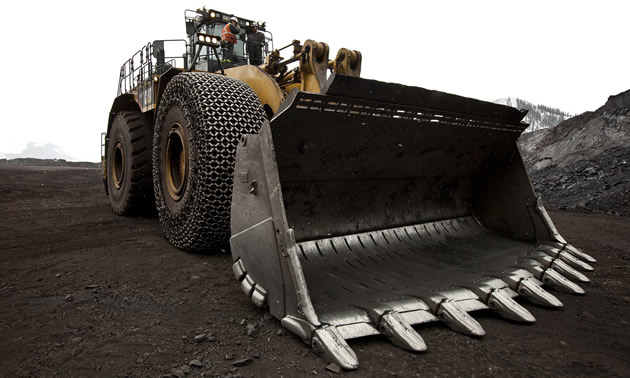
A bulldozer is ready for work at Line Creek Operations. — Photo courtesy Teck Resources
There are two company buses driving up to Line Creek Mine, a Teck Resources operation about 20 minutes north of Sparwood, B.C. I’m on the first one, part of a tour being offered in celebration of BC Mining Week. As we approach the mine gates we pass a dozen elk grazing on the side of the road, a reminder that we’re in the heart of the Elk Valley.
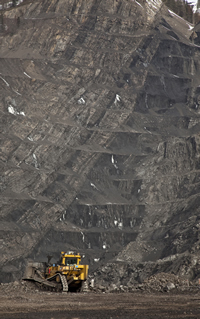
— Photo courtesy Teck Resources
After growing up in the East Kootenay, I easily recognize mining as a major industry in the area and Teck as an important player. In fact, in 2013 Canada ranked 13th in the world for coal production with Teck Resources producing approximately 70 per cent of the country’s exports and about 80 per cent of its steelmaking coal. But I don’t know that yet. Our tour guide, a geological tech with 33 years experience at Line Creek, boards the bus and I’m ready for my first look at the coal mining in my backyard.
Line Creek started operations in 1981 and is now actively mining approximately 2,300 hectares and 18 different coal seams. The mine produces primarily metallurgical coal, a hard coking coal used for steelmaking, although it also produces a very small amount of thermal coal.
We arrive at Station 0, an area of maintenance buildings and offices. Workers at Line Creek arrive here on company buses that pick them up in their communities from Fernie to Crowsnest Pass. Employees here work 12-hour shifts, four days off and four days on, which constitute two day shifts and two night shifts. Line Creek operates 24/7. On my bus is a retired miner who worked at Line Creek. His cap proudly reads “Coal Miner” and he seems pleased to be back for the afternoon.
Our geology tech guide tells us that the coal mined here was developed on flat topography—hard to imagine in these dramatic mountains—and under fresh water. This long-ago recipe makes Canadian coal attractive on today’s market as it is low in sulphur, allowing it to produce lower emissions.
Enormous haul trucks seem small from this vantage point when we reach a lookout at the peak of our tour. We all exit the buses and stretch our legs while watching mining in action. An expansion, Phase 2, is Line Creek’s future, explains our guide. Mount Michael will add approximately 1,800 hectares to the active mining area and will require a major investment in infrastructure.
A highlight of the day is when we stop at a point overlooking a water treatment plant, expected to begin operation later in 2014. The plant is the first being built by Teck in response to growing concerns about selenium, a naturally occurring base element that now has increased in the nearby Elk River due to mining in the area. Everyone on the tour seems interested in hearing about how Teck is improving water quality—this plant is only one piece of its strategy. The treatment plant, which will target selenium and nitrates, will recondition the equivalent of three Olympic-sized swimming pools daily and is expected to remove 1.28 kilograms of selenium each day. This collected selenium will be converted to a solid state, filtered out and sequestered in an engineered landfill near by. It’s a long-term solution, expected to operate beyond the life of the mine.
At the base of the mountain we get a look at the Line Creek preparation plant. Last year 3.42 million tonnes of Line Creek coal was processed at this plant, a record for the operation. Coal arrives at the plant via an 11-kilometre conveyor belt from the higher-elevation operations. Once here it is broken down and sorted, then washed and dried before being stored in clean-coal silos and picked up by train for shipping.
The tour comes to a close. Over the past few hours I’ve had the opportunity to see how coal, buried deep underground for so long, makes its way from these mountains to be shipped around the world. I now have a better understanding of Teck’s commitment to a healthy region, as well as an inkling of what life is like for the miners I know. This afternoon has made the region’s coal mining a tangible concept for me. It’s nice to have an idea of what goes on in this major industry in my backyard.
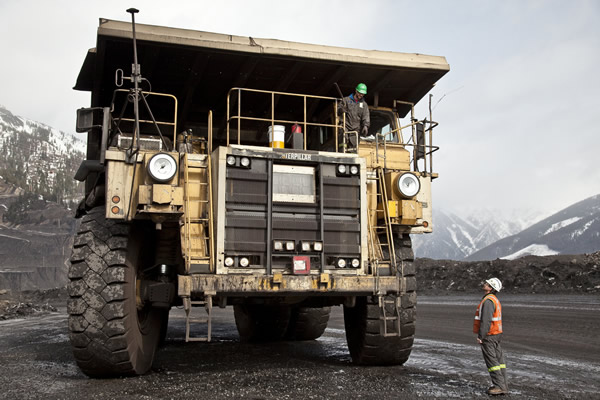
— Photo courtesy Teck Resources


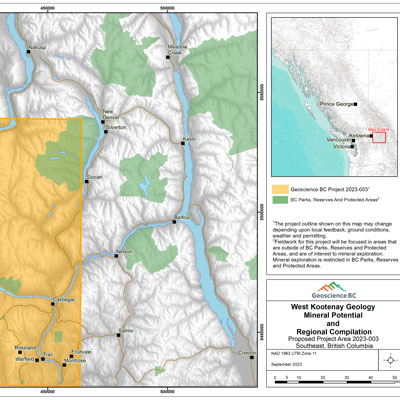

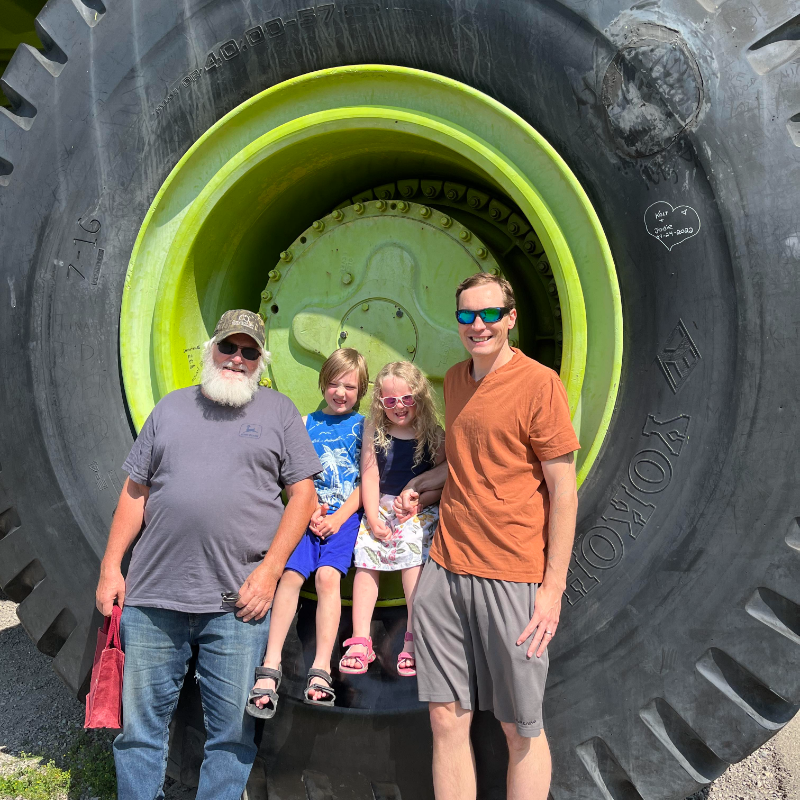

Comments